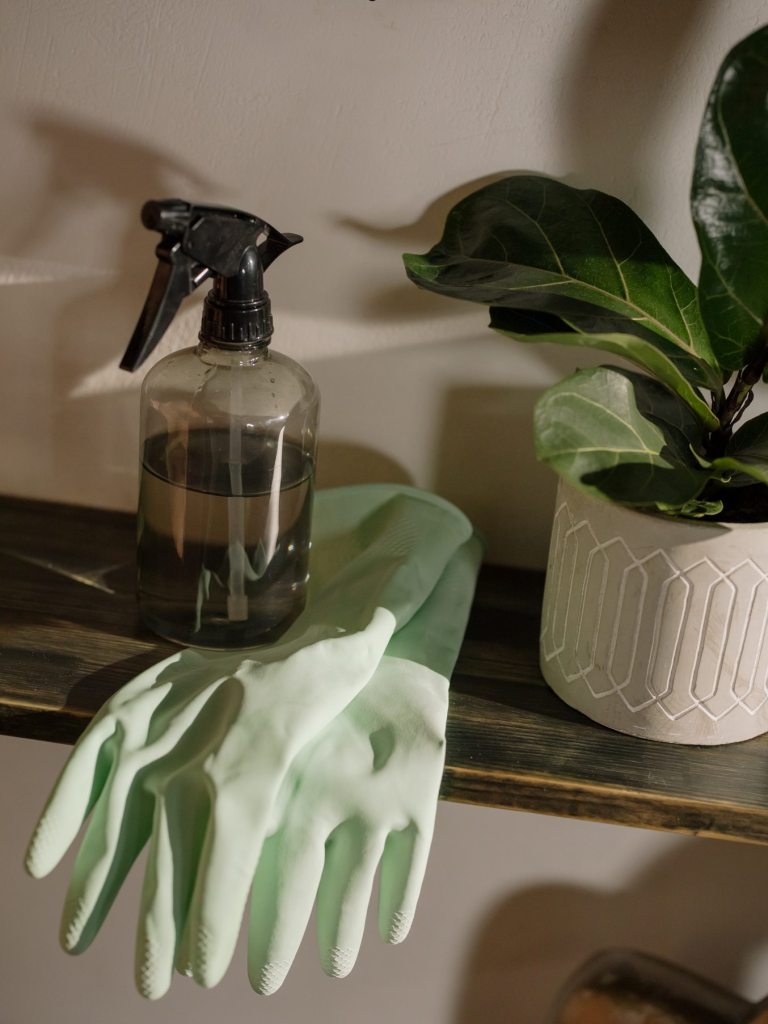Most people use the terms sealant and mastic interchangeably. While the two terms are very related, they are not the same. And, when you tell people that the two are not the same thing, you’ll often get a reply of “what’s the difference between sealant and mastic?”
We spoke to a representative from Robafoam, and they said, “There are several types of sealants available, these include acrylic, polysulphide, silicone, and epoxy sealants, etc. These are the most popular types of sealants most building industries use and they can be purchased in the form of liquids, powder or solid. So people also need to understand that Mastic is a type of sealant that comes in liquid foam. That’s where the difference is.”

In this article, you will learn the answer to that question and more.
Sealants
It’s a lot easier to understand the difference between the two if you know their respective definition and use. Hence, this article will start with sealants.
Sealants come with many uses. In fact, every home, industrial or commercial construction will require the use of sealants at some point. Having said that, below are the most common uses of sealants.
- Gap Filler – sealants can be used to fill the gap between substrates.
- Barrier – because of sealants’ physical properties, it can also be used as a protective barrier.
Nowadays, sealants come in many different kinds and varieties like epoxy, waterproof, fire-resistant, polysulphide, acrylic, and silicone to name a few examples. You can also obtain a sealant in foam, powder, or liquid form.

Mastic
Mastic has the special property of staying flexible even after curing. Hence, it has its own unique uses. One popular use of mastic is joining two surfaces together in which you can expect or allow for a small degree of movement. A few examples are building joints and glass balustrades.
Mastic is also used as a protective coating for cars and boats. Again, this is mostly due to the fact that mastic will stay flexible after curing. Given that boat and car, surfaces continue to contract and expand as it moves through the environment, you’d want a flexible protective barrier.
Another big advantage of mastic is that it works very well with duct board, steel, marble, concrete, aluminium, glass, and wood.
Mastic is also very popular in the HVAC industry. Because mastic is able to form a powerful bond, seal and resist heat, it’s often used to repair ductwork.
Other common applications of mastic include:
- Wall support – mastic is used for holding walls in place, especially the load-bearing ones.
- Ceiling Projects – because mastic dries relatively quickly, it’s used for eliminating the necessity for drywall support.
- Temporary Bond – mastic can be used as a temporary solution for holding materials in place, which allows a single person to do attaching, fixing, or fastening.
Mastic will usually come in liquid form, typically in the form of a paste or thick glue.

Wrapping It All Up
The term sealant is a broad word. It can have no or little flow characteristics. It can be runny or stay in a place where it’s applied. It can be stiff or flexible when cured.
On the other hand, mastic has the defining characteristic of being flexible after curing. It’s the reason why the term usually applies to a silicon type of sealant. And, this is perhaps where the confusion started.
You see, mastic is just a type of sealant. Hence, it’s true that mastic is a sealant, but saying all sealant is mastic is not correct. But on a practical note, which one should you use for your current project?
Because of the many different types of mastic and sealants, the best advice is to consult with a professional. A specialist should be able to factor in your wants and needs and then offer you the best solution. If you are in need of such a professional, then Mastic Man Essex is here to help. In fact, why don’t you call them right now and ask them how they can help you.





You have written the right piece of article about sealants. it was very informative. thanks for sharing. I would like to get further information about it in future too.